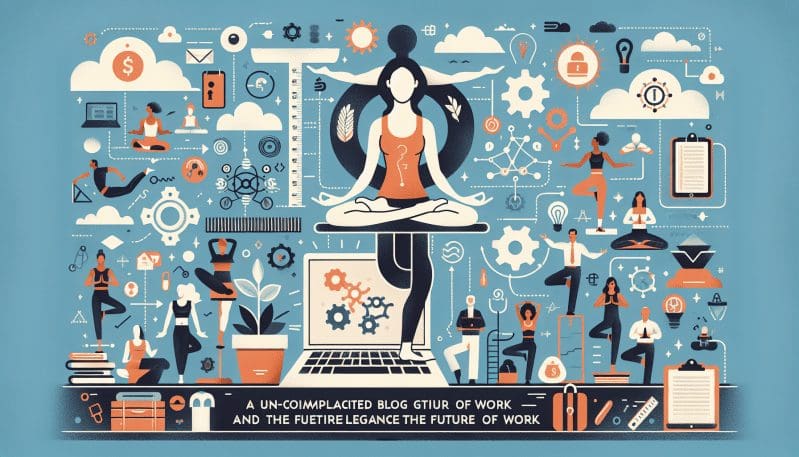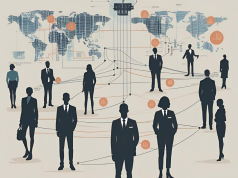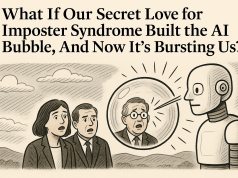As the gig economy continues to expand, it’s reshaping the landscape of work, offering unprecedented flexibility but also sparking concerns over job security and worker rights. The article will begin by exploring the historical context of the gig economy, tracing its rise alongside advances in technology and a growing appetite for flexible work arrangements.
Next, the piece will delve into the dual nature of gig work. On one hand, it offers workers the ability to set their own schedules, work from anywhere, and select projects that match their interests. On the other hand, it often lacks the traditional safety nets that come with full-time employment, such as health insurance, retirement plans, and stable income.
The article will then explore the demographics of the gig economy—the types of workers who are attracted to it, their motivations, and the challenges they face. This section will include data and insights on how different age groups, industries, and socioeconomic statuses are represented in this new labor market.
Moving on, the piece will critically examine the role of corporations and technology platforms that dominate the gig economy. It will analyze their business models, their impact on worker rights, and the regulatory landscape that is struggling to keep up with the rapid changes in the workplace.
The discussion will also feature voices from the gig workers themselves, including interviews or testimonials that highlight the personal experiences behind the statistics and trends.
In conclusion, the article will contemplate the future of the gig economy in relation to the traditional employment model. It will provide thoughtful commentary on what needs to be done by policymakers, businesses, and workers to strike a balance between the freedom and flexibility of gig work and the need for economic stability and protections.
The goal of this piece is to engage The Work Times’ readers in a nuanced conversation about the complexities of the gig economy—a conversation that mirrors the critical discourse The New York Times fosters among its own demographic—intellectually curious, socially aware, and economically invested individuals.




























